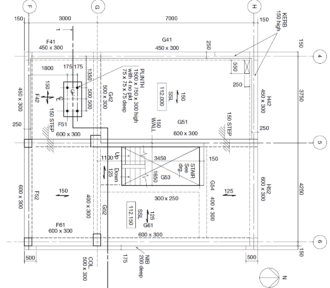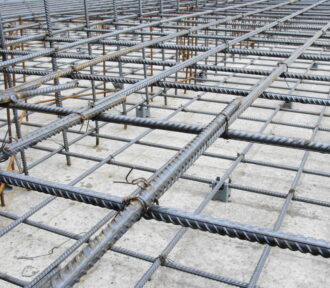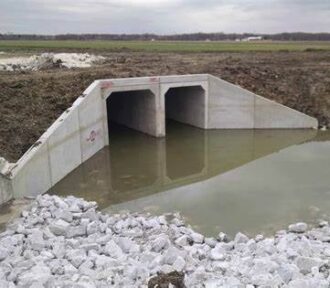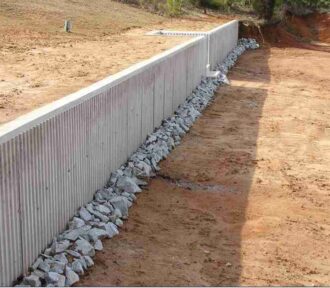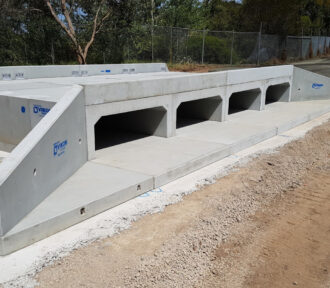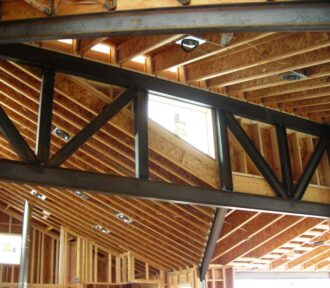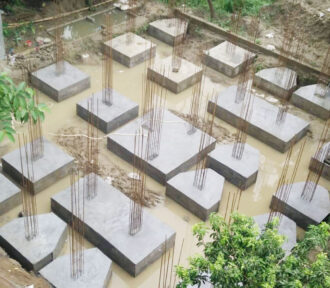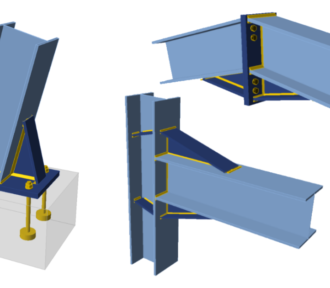In preparing structural layout drawings, there are no rules but guidelines. This is where the design engineer is expected to show competence by bringing to bare, his conceptual design skills, based on knowledge of first principles.
Author: Omotoriogun Victor
This article discusses bar schedules and scheduling of reinforcement, highlighting the procedures or rules for interpreting reinforcement on drawing and the importance of adhering to the rules.
This article discusses the various types of loading on box culverts and how to estimate the design value of these loads based on the recommendations of the Eurocodes.
While unreinforced masonry retaining walls may lack the structural complexity required for taller structures, they can be a practical and economical solution for short walls, providing effective soil retention in landscaping, garden terraces, or other applications where the height of the wall is minimal.
This article explores into the historical evolution of structural engineering forms, meticulously unraveling the intricate tapestry of milestones that have not only shaped the discipline but have also woven together the very fabric of human civilization.
This article walks through the design of box culverts by giving an overview of the applicable design standards used for box culverts to Eurocodes. The importance of adhering to these standards is emphasized to ensure structural integrity, durability and safety.
Estimating the deflection of long span trusses is considered a challenging subject as it often requires tedious calculations when done by hand. This article presents a straightforward method for determining deflection in trusses.
The design of piled foundation unlike other foundation types largely falls within the remit of a geotechnical engineer with little assistance from the structural engineer. The first step requires the geotechnical team to conduct a detailed site investigation
This article delves into the dynamic landscape of structural engineering, shedding light on the top 7 innovative trends that are not only defining the present but are poised to shape the future of the discipline.
This article discusses moment resisting connections used in the design of single storey and multi-storey buildings. It highlights the common types of moment connections used and an overview of the design procedures based on Eurocode 3 (Part 1-8)
